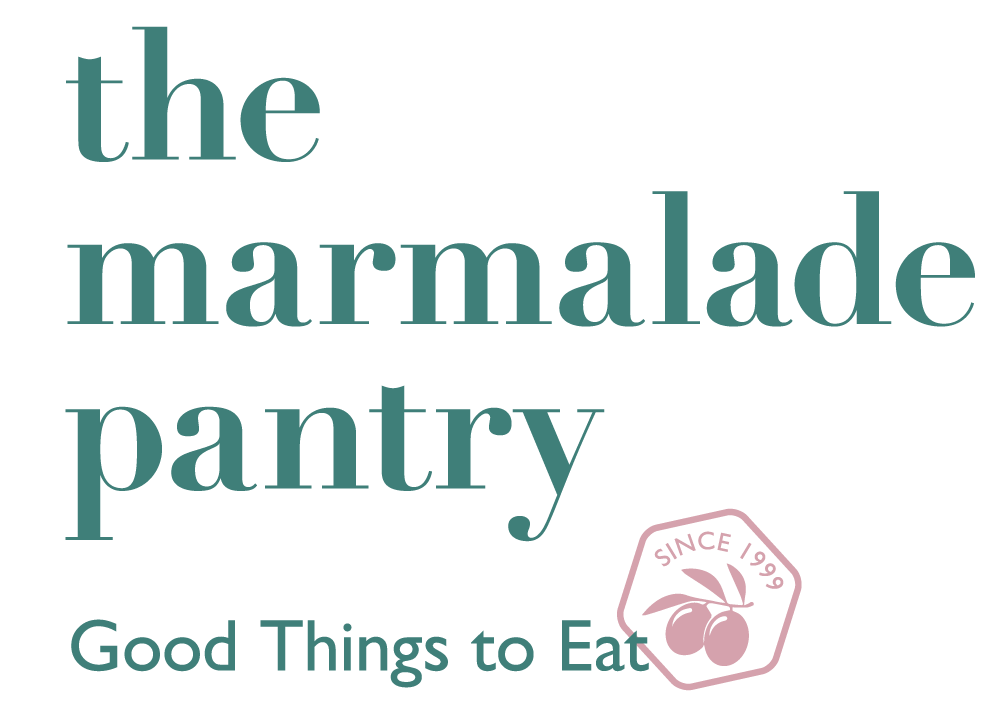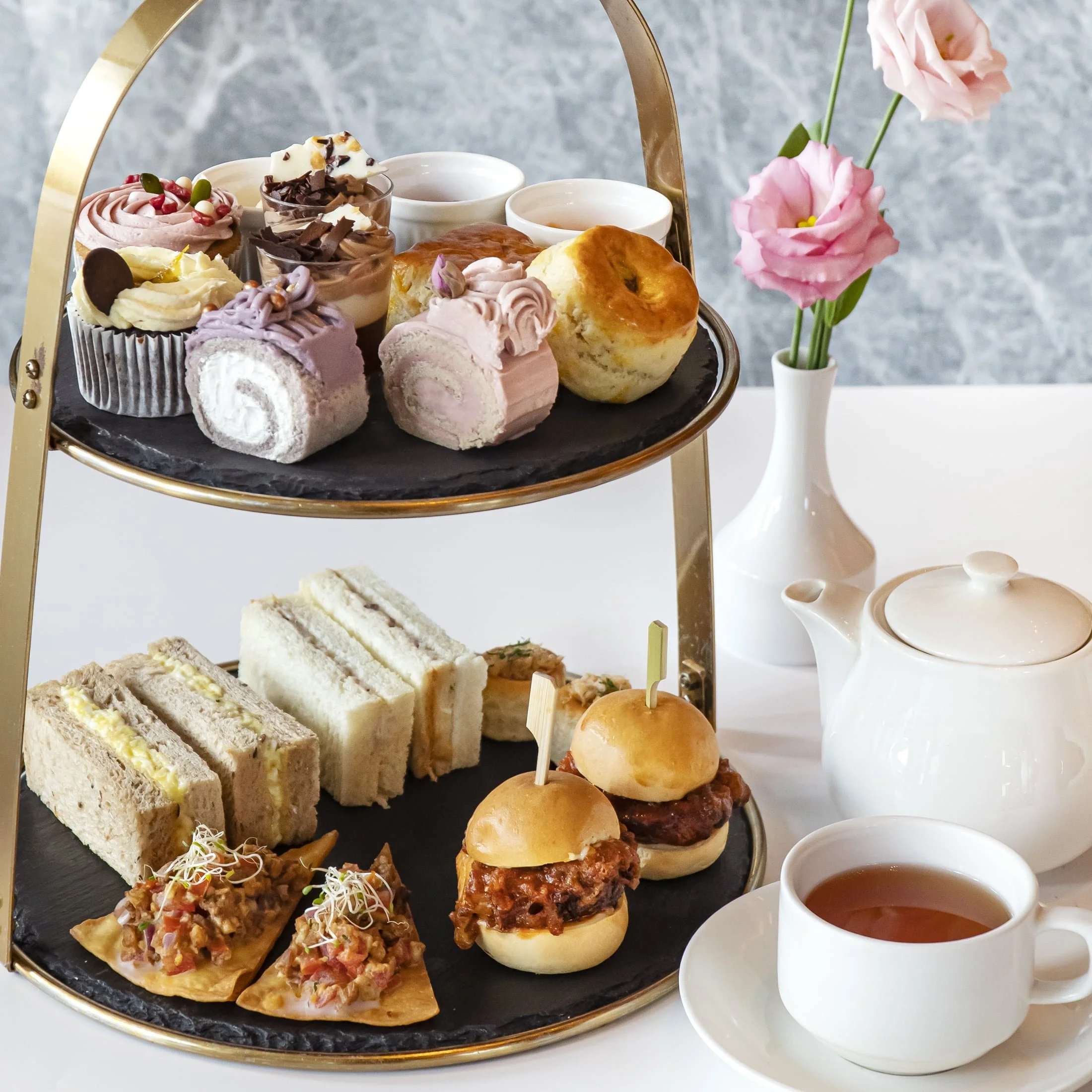The History of the Afternoon Tea
There are few things more relaxing than spending a day slowly sipping on some warm tea whilst nibbling on light, piquant treats at mid-day. It is a weekend. In those precious moments, nothing else in the world needs to matter. Not school, or work, or meetings. Nothing else but those warm aromas accompanied by pleasant sensations of sweet or savoury on the tongue. Nothing else but that afternoon tea set. But in that peaceful haze of serendipity, you may find your thoughts wandering towards the banal, the trivial, the mundane. It flits about here and there, over and over, across space and time, until finally, you land upon; “Who invented the afternoon tea?”.
Before we get into that, allow us to first tackle a common conundrum – what is the high tea?
Afternoon tea vs High tea – is there a difference?
Though the lines between both have been blurred over the years, to the point where they tend to be used interchangeably, the afternoon tea and high tea are, in some ways, exact opposites. In fact, an alternate name for the afternoon tea was the low tea.
In Britain, just like how the word ‘pudding’ could refer to completely different things including: 1. Dessert dishes in general; 2. The part at the end of a meal, when desserts would be served; 3. A type of savoury sausage; 4. A type of sweet custard; 5. You get the idea, the word ‘tea’ could refer to the beverage, or it could refer to various types of meals. Amongst these types of meals are the ‘high tea’ and the ‘low tea’.
What in the world is the low tea?!
High and low refer to the height of the tables on which these meals would traditionally be consumed on. The low or afternoon tea, which, by the way, is the one most of us are more familiar with, would be consumed on a low table at around 3 or 4 in the afternoon, and was a relatively light meal, with sweet treats and savoury finger foods, served with tea.
Meanwhile, the high tea was served on communal high tables to working class labourers at the end of the workday, around 5pm. These meals were meant to replenish the energy of these hungry workers and consisted of various meat or fish pies that they could dig into.
It is a tad ironic then, that the so-called low tea was consumed by those of high society, while the high tea was consumed by those deemed to be ‘low’ class.
The afternoon tea being consumed at such an odd timing, right between lunch and dinner, would become an important part of why the afternoon tea came into fashion.
Anna, Duchess of Bedford breaks the rules
Originating and first coming into popularity in the 1840s, the afternoon tea trend is widely thought to have been started by Anna Maria, Duchess of Bedford. At the time, meals amongst the high class were highly processional and structured, with each meal being scheduled at certain times. The scheduled timing for dinner was getting later and later, as late as past 8pm, and so members of the upper class would start to feel hungry in the middle of the day. Having a lot to eat in between meals was seen as uncouth, and so the Duchess of Bedford would ask to be served light refreshments, small bites of both sweet and savoury. This practice caught on and became popular amongst those in the upper class. Over time, the afternoon tea would shed its bourgeois image and become ubiquitous across social classes, a mid-day reprieve for some light refreshments, and a chance to socialise.
The modern afternoon tea
Today, the afternoon tea sets served at dining establishments tend to hark back to the original afternoon tea. Delightfully sweet dainties, savoury sandwiches, and other light bites, served at mid-day, and best enjoyed with good company, as you unwind without interruption. The beloved Afternoon Tea Set at The Marmalade Pantry, one of the most popular afternoon tea in Singapore, encapsulates this modern take on the beloved tradition. Featuring a selection of roast beef, open-faced truffle egg mayo and cranberry chicken sandwiches, sweet dainties, lemon meringue tarts, petite cupcakes, plain & raisin buttermilk scones with strawberry preserve, orange marmalade, and clotted cream, and other seasonal delights, cosy in at The Marmalade Pantry Novena, or The Marmalade Pantry Downtown, where you get two pots of artisanal tea by Monogram, a homegrown Singaporean brand, or order an afternoon set for delivery for the ultimate home relaxation, and get two randomly chosen sachets of Monogram tea.



